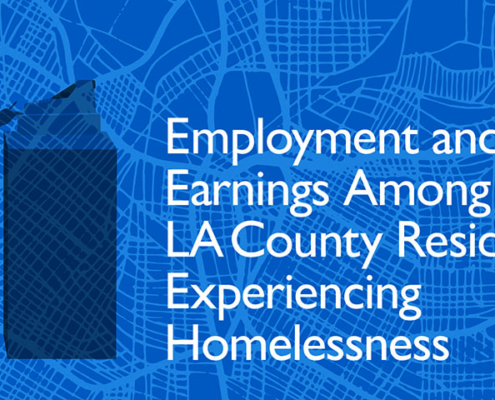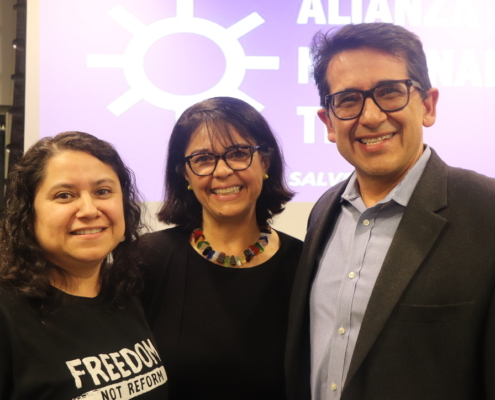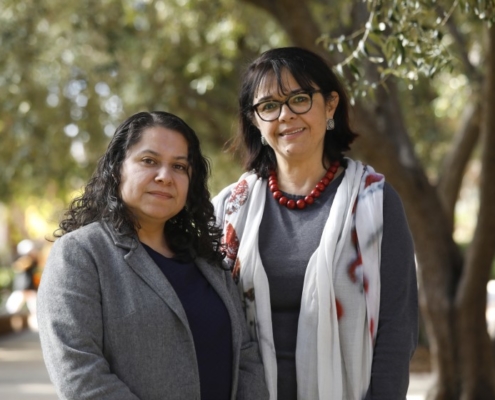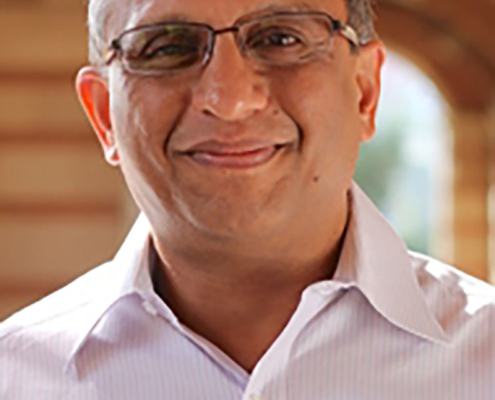
UCLA Sociology Professors Advocate for “Physical” Rather Than “Social” Distancing
March 21, 2020 In an opinion piece that was published…

New Study Finds a Substantial Number of Californians Are Working Before Becoming Homeless
February 27, 2020 --- A new report released today by the…

Transnational Struggle, Survival, and Resistance: Exploring the Intersectionalities of Central American Migrants
By Bryanna Ruiz and Amado Castillo, UCLA Latino Policy &…

International Prize of History Awarded to UCLA Professor Subrahmanyam
UCLA History Professor Sanjay Subrahmanyam, Distinguished…

“Black on Both Sides” Listening Party — VIDEO
In case you missed it: *On December 13, 2019, in a one-of-a-kind…

Spotlight on Central American Studies at UCLA
The Los Angeles Times featured three scholars from UCLA's…

Reflecting on the Study of Indigenous Languages at UCLA
American Indian Studies at UCLA is an interdisciplinary IDP…

UCLA Professor Akhil Gupta Named President of the American Anthropological Association
Dr. Akhil Gupta, UCLA Professor of Anthropology, has officially…

LA Social Science Story: Interview with UCLA Communication Alum Michael Allen, ’86
The LA Social Science e-forum interviewed UCLA Department…

